In a revealing post on X by DJI watcher Jasper Ellens , a new image of the highly anticipated DJI Mavic 4 Pro showcases a mysterious sensor integrated on one of its propeller arms. The discovery, highlighted with a red circle in Ellens’ post, has sparked speculation about whether this sensor represents LiDAR technology similar to that on the DJI Air 3S—or if it’s a simpler infrared (IR) system. This sensor, however, serves a critical purpose: obstacle sensing and avoidance, with its unique placement designed to enhance the camera gimbal’s freedom of movement, enabling 90-degree upward or downward aiming and popular vertical shooting modes for social media videos.
Unpacking the DJI Mavic 4 Sensor Mystery
The DJI Mavic 4 Pro, rumored to be the next flagship in DJI’s Mavic series, has long been anticipated by drone enthusiasts and professionals. The sensor’s position on the propeller arm is unconventional, as most obstacle-avoidance systems are typically housed in the drone’s body or camera gimbal. Ellens, a veteran in DJI Rumors, suggested in his post that the system could be LiDAR—a laser-based technology for precise distance measurement and obstacle avoidance, as seen on the Air 3S. Alternatively, it might be an IR system, as we have seen on the DJI Flip, which uses light to detect obstacles but lacks LiDAR’s depth and accuracy.
The sensor’s offset placement on the propeller arm isn’t a design flaw but seemingly a deliberate choice to maximize the camera gimbal’s range of motion. By positioning the obstacle-avoidance sensor away from the gimbal, DJI allows the camera to tilt 90 degrees upward or downward, catering to inspections and professional cinematography and the growing demand for vertical shooting modes popular on social media platforms like TikTok and Instagram. This configuration ensures the drone can maintain robust obstacle detection while offering unparalleled flexibility for capturing dynamic aerial footage.

However, Ellens noted in a follow-up reply that if the sensor is LiDAR, as in the Air 3S, its field of scanning might be offset by about a foot—correctable through DJI’s software. X user Roger countered that battery constraints make it unlikely the Mavic 4 Pro can support LiDAR setups at each propeller arm, suggesting the sensor is more likely an IR system due to its lower power demands.
Technical Feasibility and Industry Implications
LiDAR technology provides superior precision for obstacle avoidance, enabling drones to navigate in low-light situations or complex environments with high accuracy—ideal for professional applications like surveying, cinematography, and inspections. However, LiDAR units are energy-intensive and heavier than IR systems, potentially impacting the Mavic 4 Pro’s flight time, rumored to exceed 40-plus minutes on a single charge. An IR system, while less precise, would be lighter and more power-efficient, aligning with DJI’s focus on portability and battery life for consumer drones.

The sensor’s placement also raises questions about its effectiveness. If it’s LiDAR, its offset position could create blind spots, though DJI’s advanced software could compensate for this, as Ellens suggested. For IR systems, the placement might suffice for basic obstacle detection but could struggle in low-light or reflective environments. If confirmed as LiDAR, the Mavic 4 Pro could set a new standard for the Mavic line of drones, offering professional-grade obstacle avoidance in a compact package.
Market Context and Competition
DJI faces competition from companies like Autel Robotics and Skydio, both of which have state-of-the-art obstacle avoidance systems built into their enterprise-level drones for advanced navigation. Autel’s EVO Max 4T, for example, uses a multi-sensor system to operate in GPS-denied environments. If DJI successfully incorporates LiDAR into the Mavic 4 Pro for obstacle avoidance, it could strengthen its position in both consumer and prosumer markets, appealing to filmmakers, inspectors, and social media creators who need reliable navigation, versatile camera angles, and superior image quality.
DroneXL’s Take
Jasper Ellens’ discovery offers a tantalizing glimpse into the Mavic 4 Pro’s potential, but the sensor’s true nature remains unclear without official confirmation from DJI. If it’s LiDAR, the drone could revolutionize obstacle avoidance for DJI Mavic drones, especially with its innovative arm placement to enhance camera flexibility. However, power and cost constraints make an IR system perhaps more plausible. As the Drone Industry evolves, DJI’s ability to balance cutting-edge technology with practicality will be crucial. DroneXL will continue tracking developments and provide updates as more details emerge.
Discover more from DroneXL.co
Subscribe to get the latest posts sent to your email.

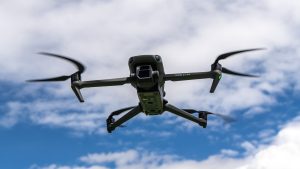

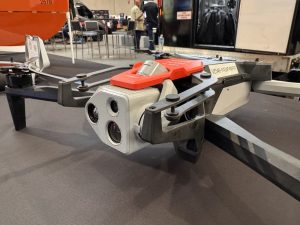
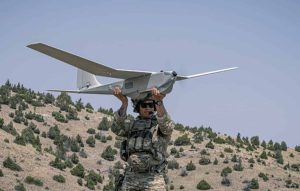
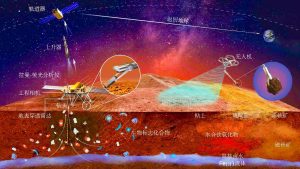

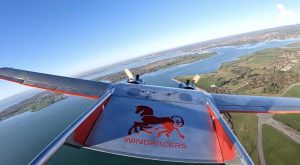
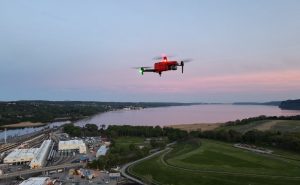
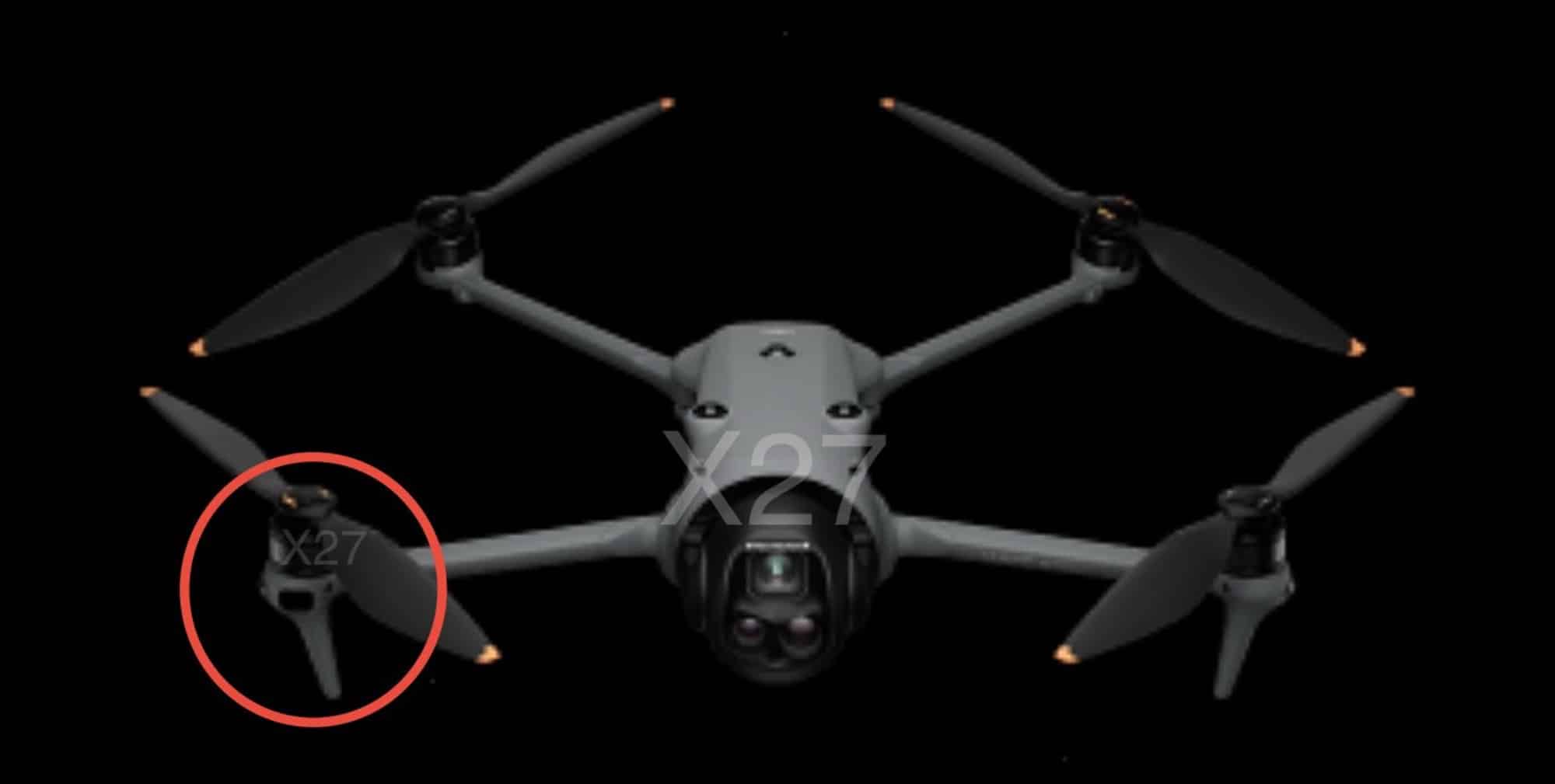
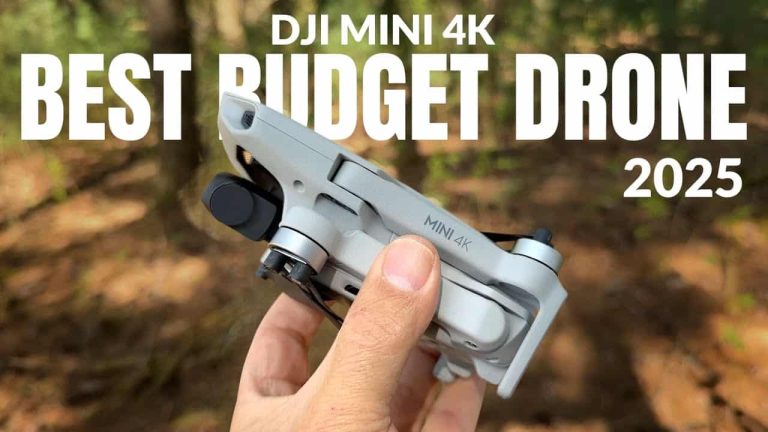
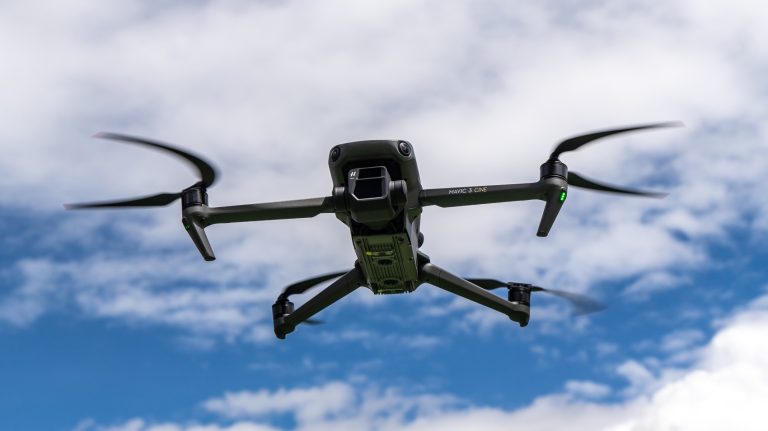

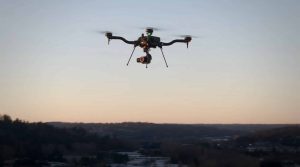

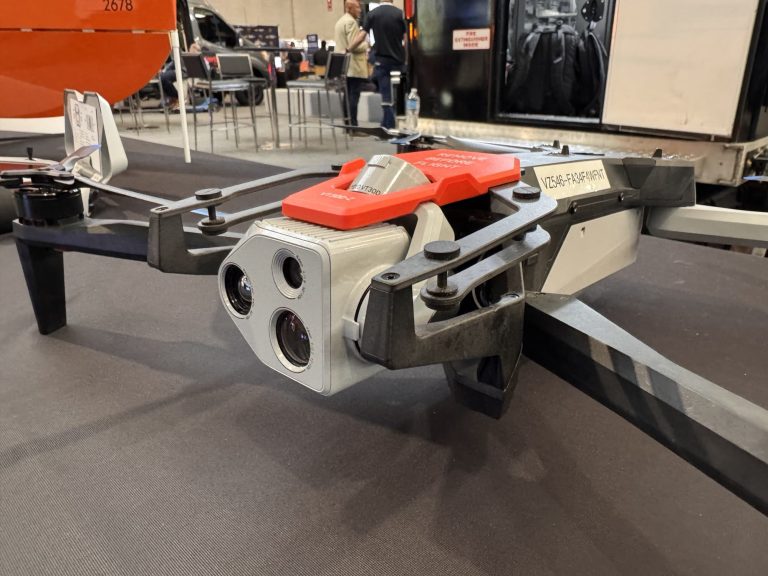
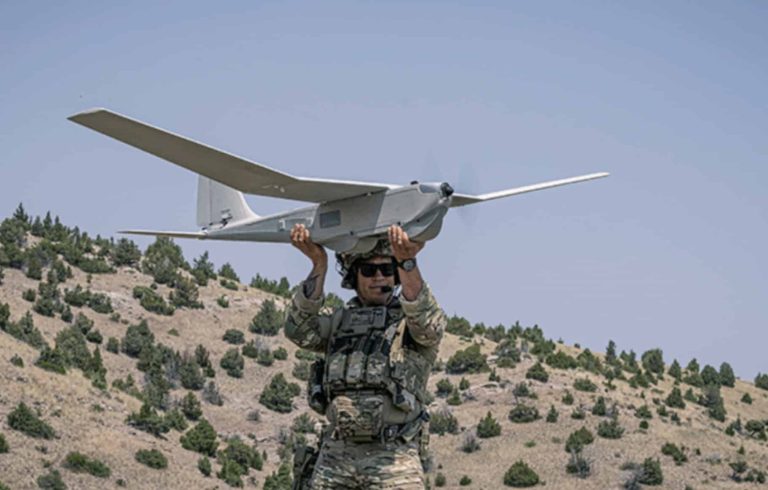
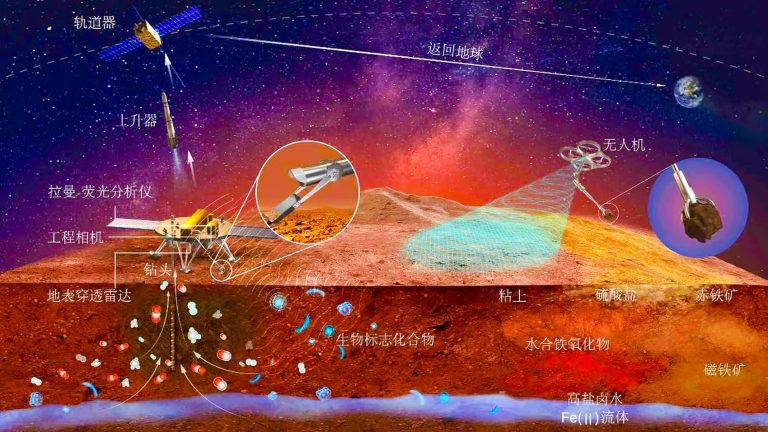

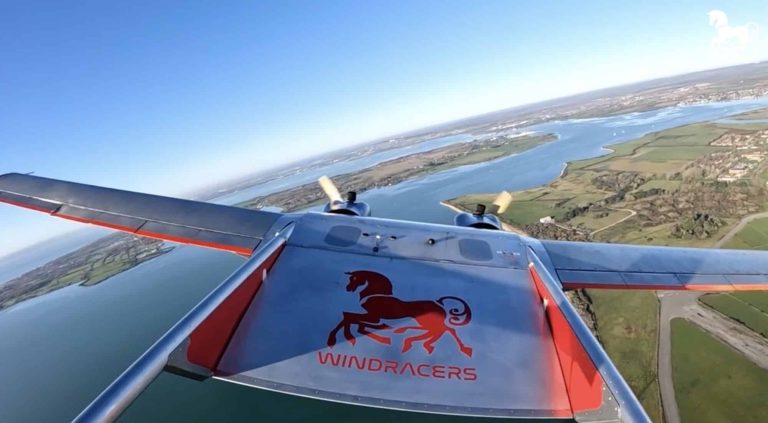
+ There are no comments
Add yours